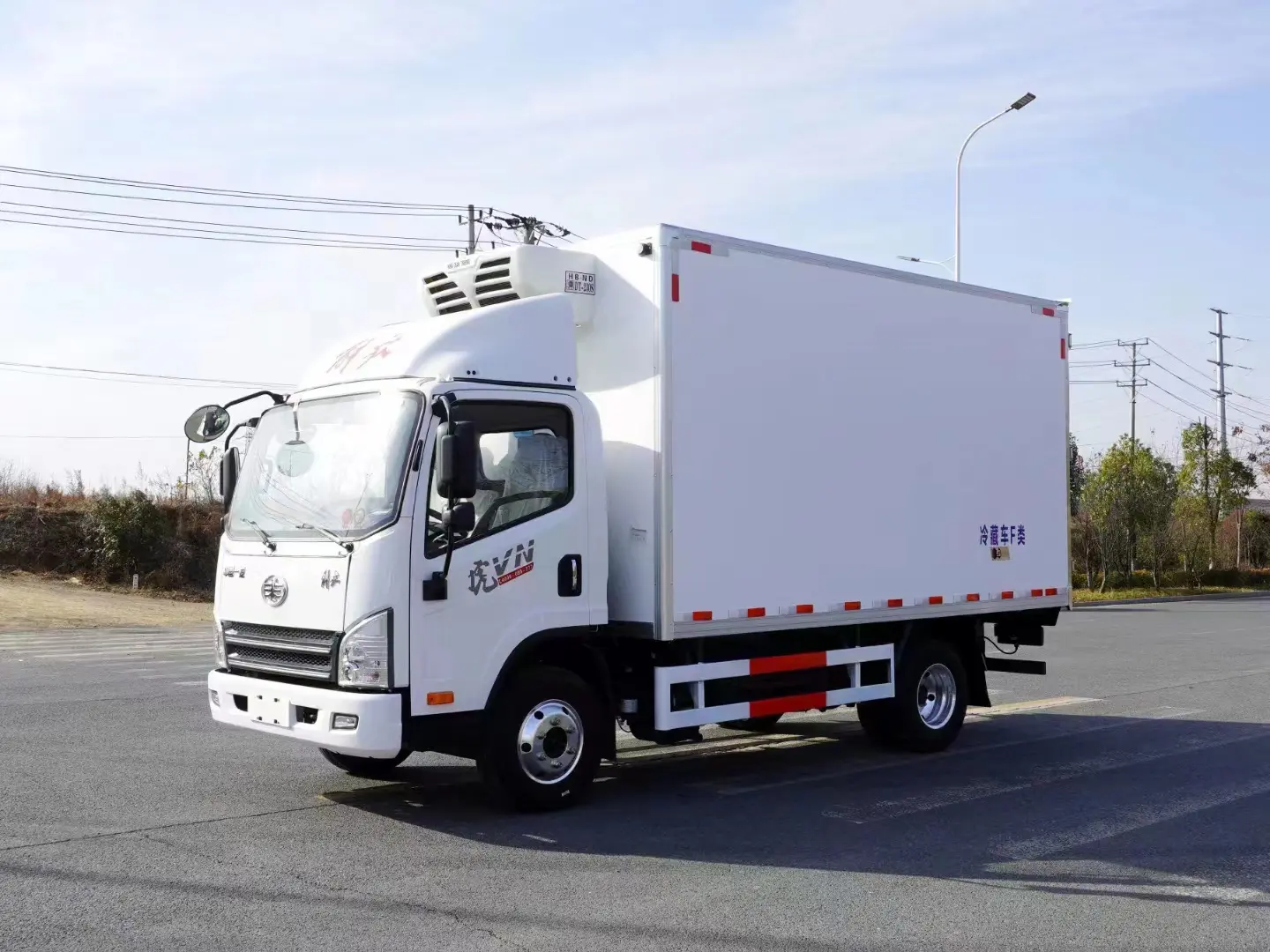Introduction
Vacuum trucks play a crucial role in waste management by efficiently collecting and transporting various types of waste materials, including liquid, sludge, and hazardous substances. To ensure the safe and responsible disposal of these waste materials, proper monitoring of vacuum truck operations is essential. In this article, we will explore the importance of monitoring vacuum truck waste disposal, the challenges involved, and the best practices for ensuring efficiency and environmental compliance.

Overview of Vacuum Truck Waste Disposal
Vacuum trucks are specialized vehicles equipped with a powerful vacuum system that allows them to suction waste materials from various sources, such as industrial facilities, construction sites, and municipal sewage systems. https://www.heli-truck.com are commonly used for the collection and transportation of liquid waste, sludge, grease, and hazardous materials. Vacuum truck waste disposal is a critical part of the waste management process, as it helps prevent environmental contamination, health hazards, and regulatory violations.
Monitoring Vacuum Truck Operations
Monitoring vacuum truck waste disposal involves tracking and recording key data points related to the collection, transportation, and disposal of waste materials. This data can include the volume and type of waste collected, the location of collection sites, the route taken for transportation, and the disposal method used. By monitoring these aspects of vacuum truck operations, waste management companies can ensure compliance with regulations, optimize efficiency, and minimize environmental impact.
Challenges in Monitoring Vacuum Truck Waste Disposal
Monitoring vacuum truck waste disposal presents several challenges, including the following:
1. Data Accuracy: Ensuring the accuracy of the data collected during vacuum truck operations can be challenging, as it often relies on manual recording methods that are prone to errors and inconsistencies.
2. Regulatory Compliance: Meeting regulatory requirements for waste disposal can be complex, as different jurisdictions have varying rules and standards that must be followed.
3. Environmental Impact: Improper disposal of waste materials can have serious environmental consequences, such as pollution of water bodies, soil contamination, and harm to wildlife.
4. Operational Efficiency: Monitoring vacuum truck operations can be time-consuming and resource-intensive, requiring proper planning and coordination to ensure smooth and cost-effective waste disposal processes.
Best Practices for Monitoring Vacuum Truck Waste Disposal
To address the challenges associated with monitoring vacuum truck waste disposal, waste management companies can implement the following best practices:
1. Use of Technology: Leveraging technology such as GPS tracking, electronic data recording systems, and remote monitoring tools can help improve the accuracy and efficiency of monitoring vacuum truck operations.
2. Training and Education: Providing training to staff on proper waste handling procedures, regulatory requirements, and environmental best practices can help ensure compliance and reduce the risk of errors.
3. Regular Inspections: Conducting regular inspections of vacuum truck equipment, including pumps, hoses, and storage tanks, can help identify potential issues that may affect waste disposal operations.
4. Documentation and Reporting: Maintaining detailed records of waste collection, transportation, and disposal activities is essential for compliance with regulations and for tracking performance metrics.
5. Environmental Monitoring: Implementing environmental monitoring programs to assess the impact of waste disposal activities on air, water, and soil quality can help identify areas for improvement and mitigate risks.
6. Stakeholder Engagement: Engaging with regulators, community members, and other stakeholders to communicate transparently about waste disposal practices and address concerns can help build trust and support for waste management initiatives.
Conclusion
Monitoring vacuum truck waste disposal is a critical aspect of waste management that requires careful attention to detail, compliance with regulations, and a commitment to environmental stewardship. By implementing best practices for monitoring vacuum truck operations, waste management companies can ensure the efficient and responsible disposal of waste materials while minimizing environmental impact and promoting sustainability in the waste management industry.
